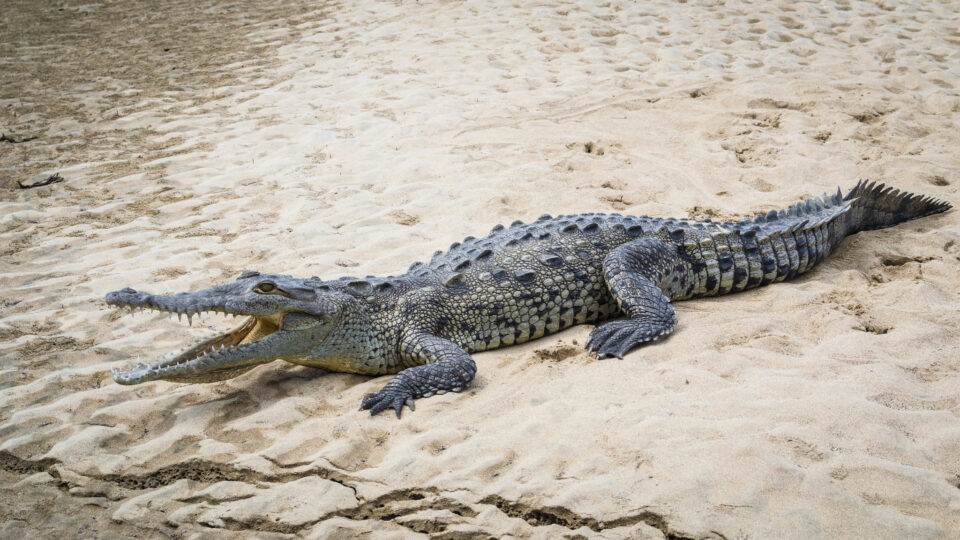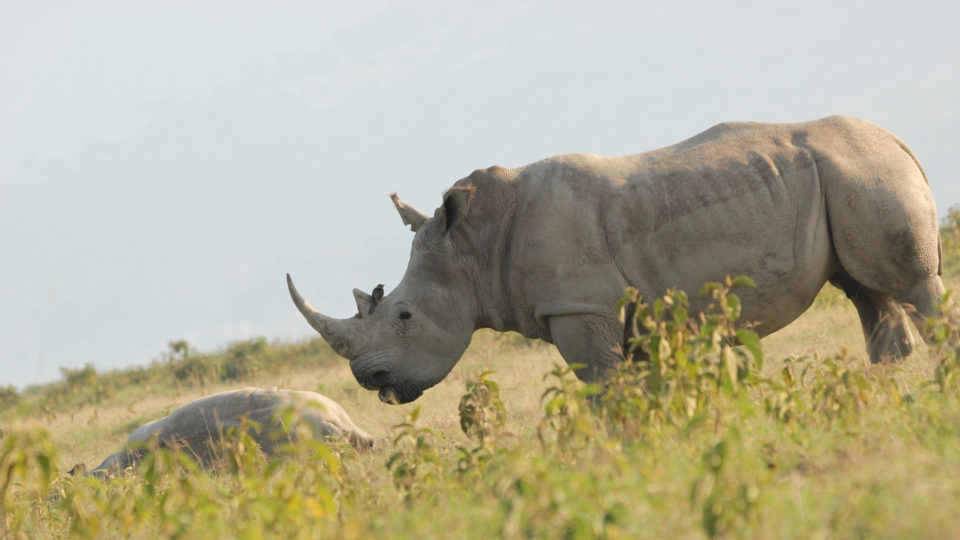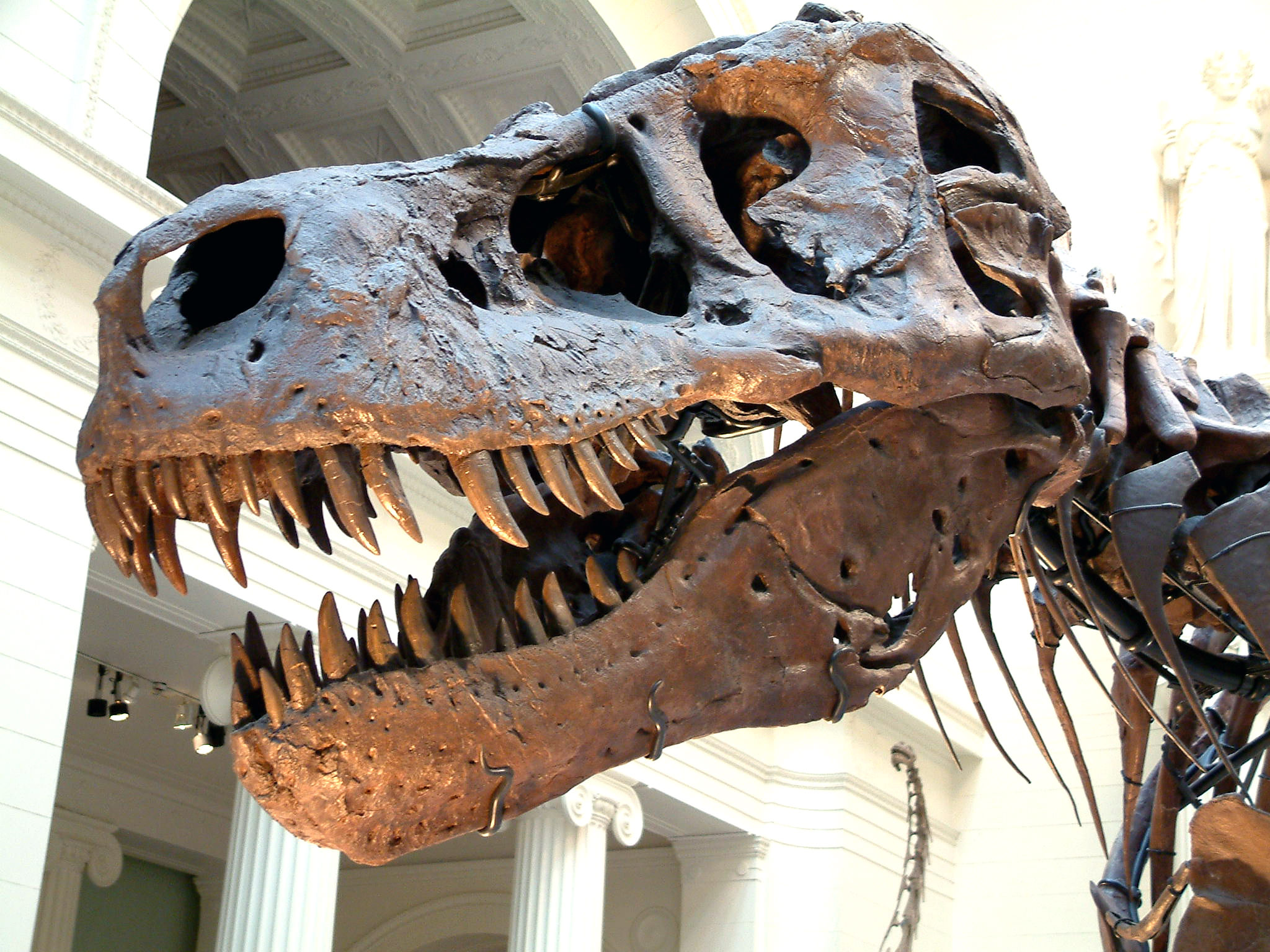Extinction is a natural part of life. Plants and animals disappear all the time. When one species goes extinct, its place in the ecosystem is typically filled by another. The so-called normal rate of extinction is thought to be somewhere between 0.1 and 1 species per 10,000 species per 100 years.
A mass extinction event is when species disappear at a much faster clip than they can be replaced. By definition, mass extinction is when about three-quarters of the world’s species are lost in a short amount of time on a geologic scale, which is measured in millions of years.
There have been five previous mass extinction events throughout the history of life on earth. Today, many experts warn that a sixth mass extinction event is already underway – the first since dinosaurs were wiped out some 65 million years ago. While previous mass extinctions were the result of extreme natural phenomena like volcanic eruptions and asteroid strikes, this one is a result of human activities.
Researchers from the University of Hawai’i at Manoa and the National Museum of Natural History in France recently published a comprehensive assessment of evidence of this ongoing extinction event. The researchers estimated that since the year 1500, Earth could already have lost between 7.5% and 13% of the two million known species on Earth. This amounts to a staggering 150,000 to 260,000 species.
While mitigating the effects of climate change and reducing the rates of habitat loss would help, raising awareness of this crisis and its fallout for all life forms – including us – would be most effective in driving change.
The time we have to avoid dramatic consequences is rapidly running out.
**********
Web Links
Strong evidence shows Sixth Mass Extinction of global biodiversity in progress
Photo, posted September 18, 2015, courtesy of Tony Webster via Flickr.
Earth Wise is a production of WAMC Northeast Public Radio.







